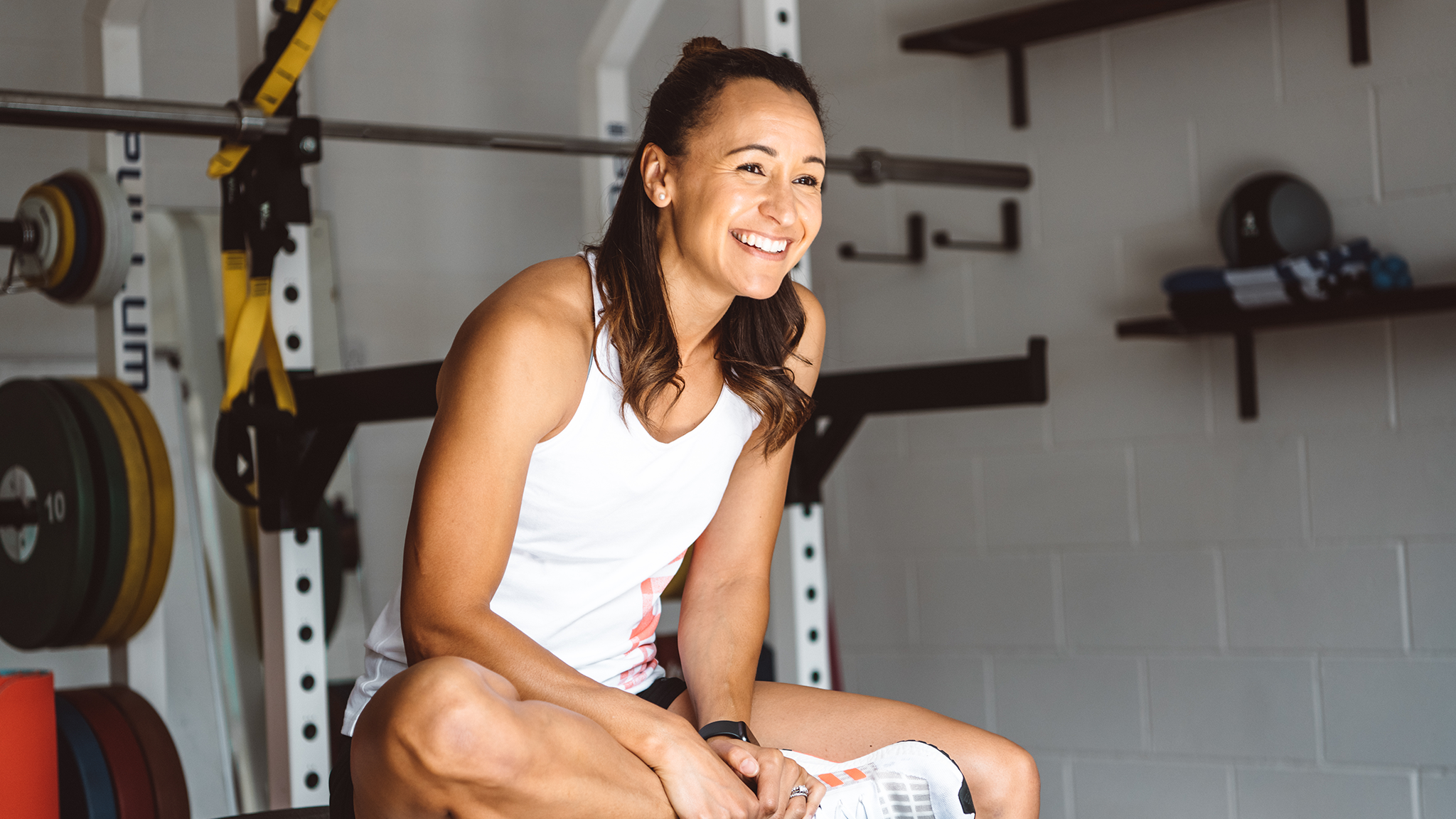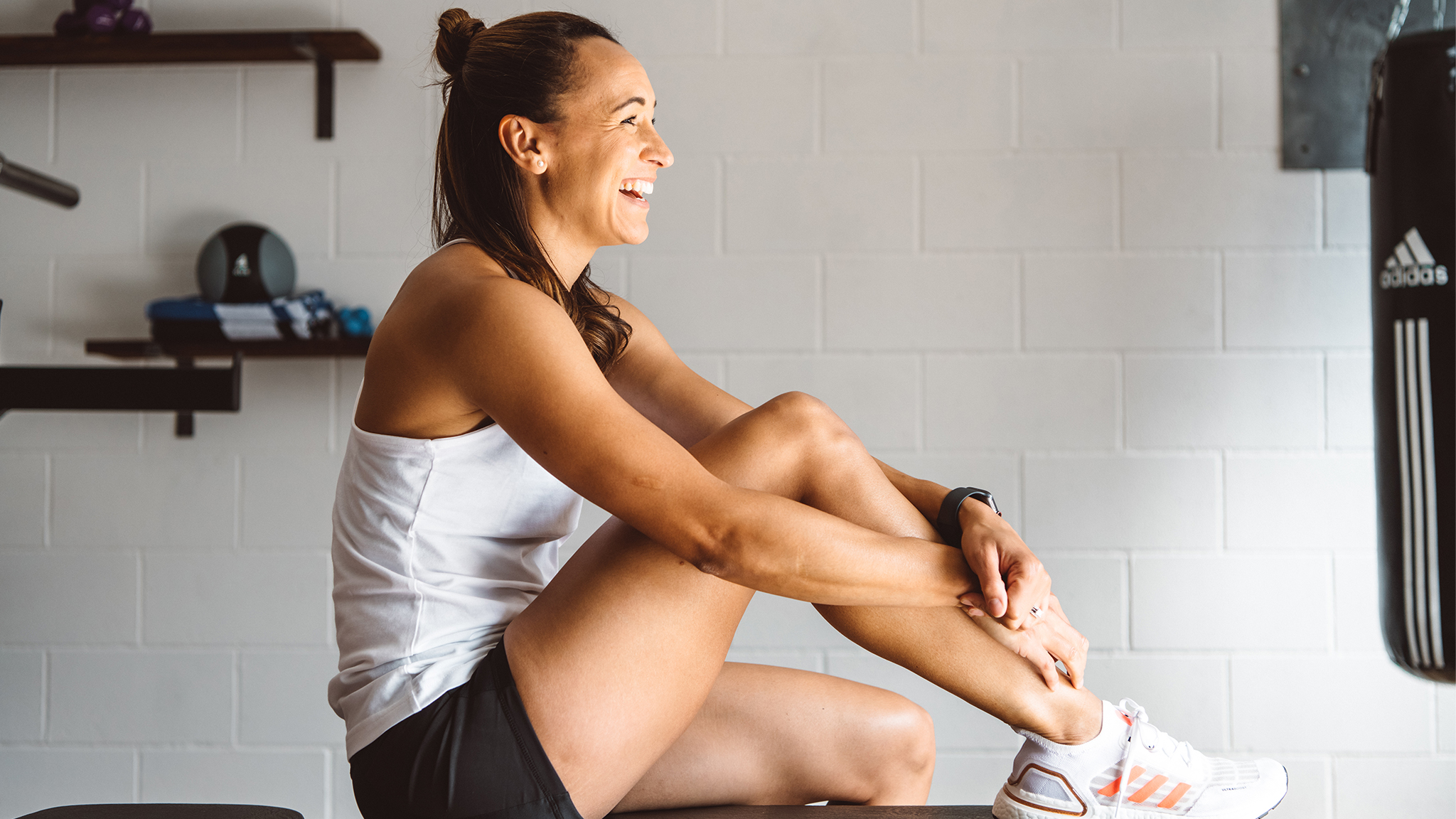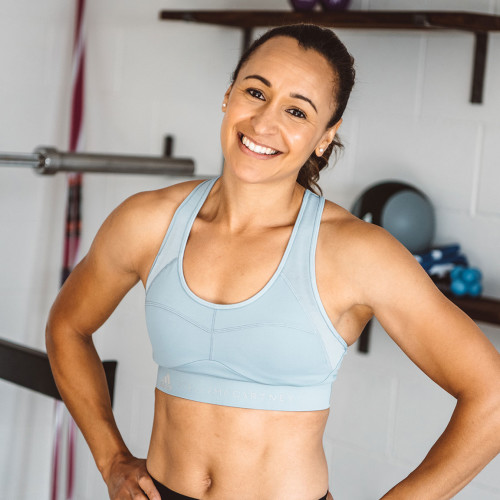Why Low Intensity Steady State (LISS) might be your new go-to workout...
3 years ago
Training3 years ago
Training
Looking for something new to mix up your HIIT workouts? Then LISS could be the answer, as Jess Ennis-Hill and Jennis physiologist Dr Emma Ross explain...
Loving the Jennis Super HIITs and audio HIIT runs? Looking for something different to shake up your sessions? Then it could be time to introduce a whole new way of working out into your sessions, known as LISS. Here, we find out what LISS is and discover how it works to get results…
LISS stands for Low Intensity Steady State training and is a form of cardiovascular exercise where you workout, but without spiking your heart rate up too much. “With any LISS session, it’s about maintaining a ‘steady state’ during your workout so that you get your body moving, switch on your muscles and increase your heart rate, but without bringing your heart rate up too high,” says Jess Ennis-Hill, Jennis founder.
“You then work to keep your heart rate at that increased yet steady level through the entire duration of the workout. Your breath will quicken slightly, but you should still be able to hold a conversation,” says Jess. “It should feel like you’re working at 50-65% of your maximum, or putting in about 5-7 out of 10 for effort.”

LISS and HIIT (High Intensity Interval Training) feel very different when it comes to effort and intensity levels, but they both have an important part to play in your schedule.
“With LISS, you aim for around 50-65% of your maximum heart rate, but you’ll usually work out for a longer period, so 30 to 60 minutes,” says Jess.
With HIIT, on the other hand, you work out at a much higher intensity for short bursts, which means you are repeatedly spiking up your heart rate and bringing it back down again.
“With all our HIIT sessions, you’re aiming to work at about 80-95% of your max heart rate, you’ll usually be putting in between 8 and 10-out-of-10 for effort and you can only usually work at that level for about 30 minutes max.”
Jogging, walking, Jennis LISS circuits, Jennis power yoga, swimming and cycling are all good examples of low-intensity steady-state sessions (but only if you’re working out at one steady pace and your heart rate stays steady).
While LISS may be the more gentle cousin to a hardcore HIIT session, don’t be fooled by appearances. LISS is certainly no less effective and has a whole host of other benefits, too.
A recent study comparing the effects of both LISS and HIIT workouts at the end of an 8-week period found that LISS increased cardio fitness and power just as much as HIIT – it’s just that the workouts are longer.
The other major benefit of LISS is that it ensures you get variety in your sessions . “If you keep doing the same style of activity over and over, you can become prone to injury, you get fatigued and your body will also get used to it, so you’ll stop getting the same benefits,” says Jennis physiologist Dr Emma Ross.
LISS works your body in a completely different way, which means it keeps your body on its toes and helps you to continue getting results.
Another bonus? It’s easy on your joints, so a great way to get your cardio kicks in if you’ve been experiencing any pain from higher-intensity workouts or are worried about the risk of injury.
Finally, if you’re tired or feeling low mood or low energy, a LISS session could be just the tonic. “Because you’re working at a lower intensity, you’re not putting as much stress on your heart and lungs,” says Dr Emma, “so LISS is pretty useful for those days when you’re feeling tired, you’re not in the mood or if you’re trying to get back into exercise after a break.”
 Cycle syncing
Cycle syncing Perimenopause
Perimenopause Perimenopause
Perimenopause Perimenopause
PerimenopauseSign up to learn everything you need to know about CycleMapping, plus how you can live better and feel better through optimising your fitness to you.
This website uses cookies to ensure you get the best experience on our website. Learn more

Sign up for the very latest news on women's fitness, health and hormones, plus be the first to receive exclusive offers and extras